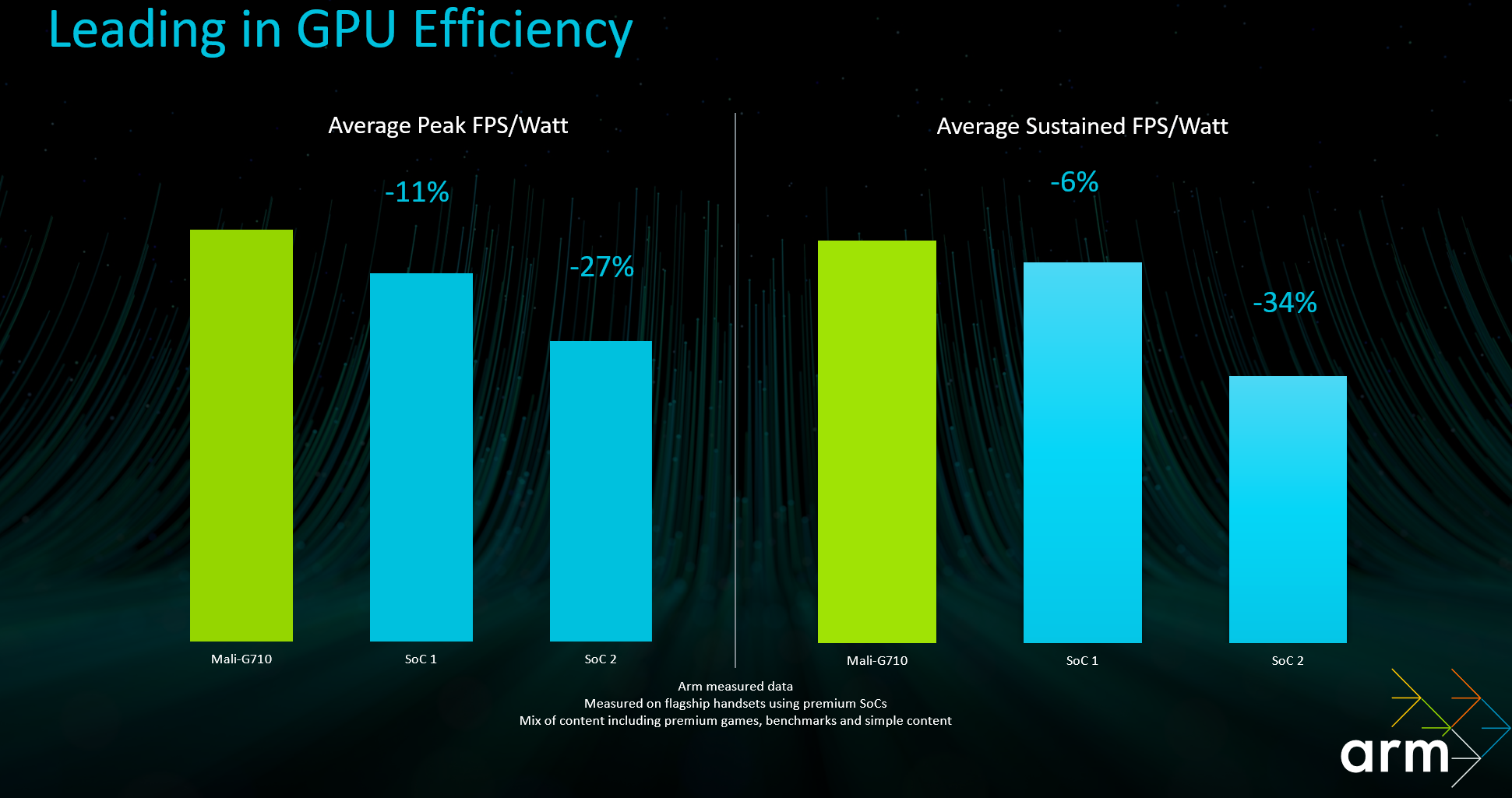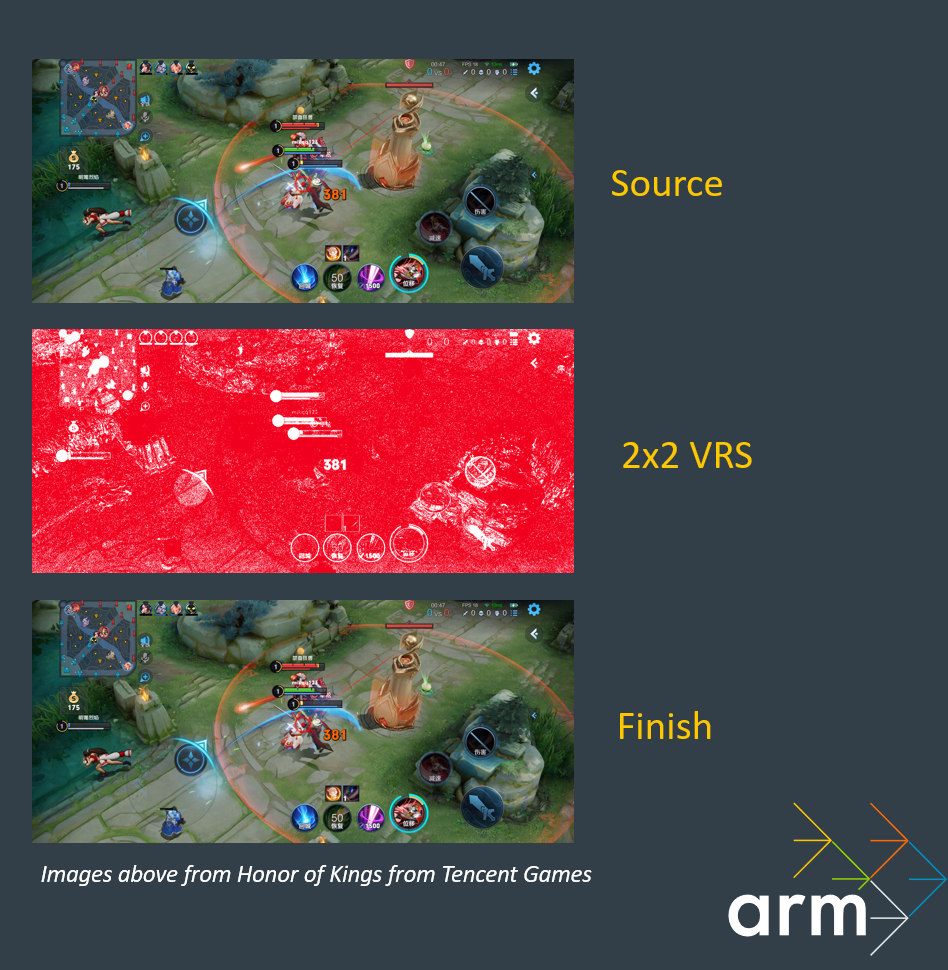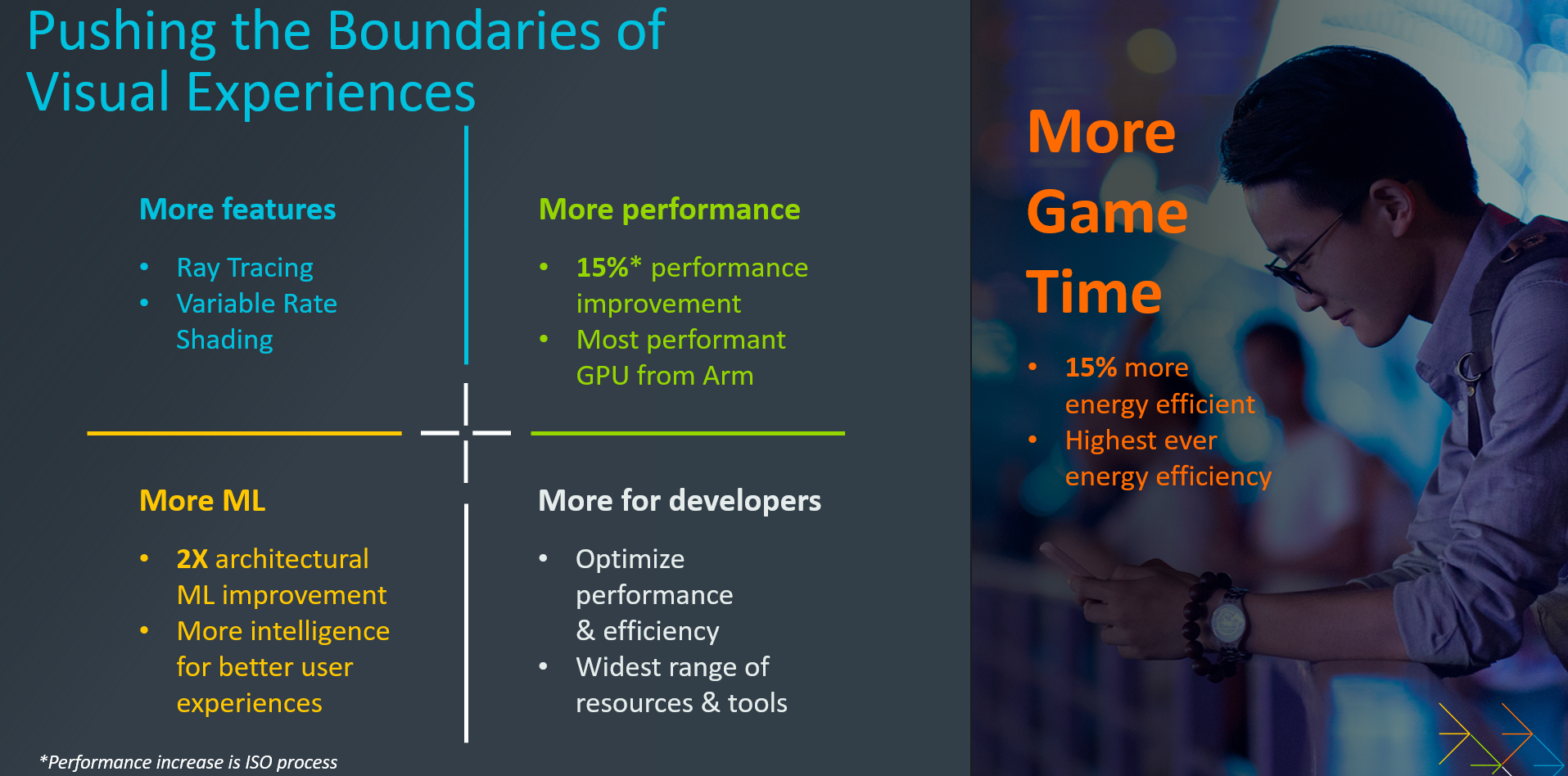Arm's next mobile GPUs are all about ray tracing and efficiency improvements
Ray tracing, better performance, and improved efficiency.

What you need to know
- Arm has announced a new series of mobile-oriented GPUs.
- This new "flagship GPU" is being named the Immortalis-G715, aiming to bring ray tracing to future smartphones.
- Arm has also announced new "premium GPUs" under the Mail branding.
Over the past few years, we've seen an explosion in popularity when it comes to mobile gaming. Part of this is due to the likes of PUBG Mobile and intensive games such as Genshin Impact. But credit is due to the mobile chip makers that have been designing CPUs and GPUs in order to provide a flawless and seamless gaming experience.
In the world of best Android phones, a lot of focus is placed on what CPU will be powering those devices. For the most part, Qualcomm has reigned supreme with its ability to develop and manufacture chips for practically every price category. This trend will continue into mid-to-late 2022, as we get closer to the launch of the first Snapdragon 8+ Gen 1-powered smartphone.
But when it comes to providing that graphical "oomph" needed for games to take advantage of faster refresh rates and improved CPU chips, a powerful GPU is just as important. Looking at the best gaming smartphones released to date, you would be hard-pressed to find one that isn't using an Arm Mail GPU. And today, Arm has announced the next wave of mobile GPUs, all of which aim to take mobile gaming up to the next level.
The flagship: Immortalis-G715
As we mentioned previously, the best phones are usually using a Mali-branded GPU from Arm. However, Arm has just announced an all-new "flagship" GPU known as the Immortalis-G715.
In the announcement, Arm states that the Immortalis-G715 provides a "15 percent performance improvement on the microarchitecture alone compared to the previous generation" of mobile GPUs. And while a 15% boost may not seem like all that much, it's important to remember that these are mobile chips that have to fit into a slim and compact chassis. Mobile CPUs and GPUs don't have as much space to work compared to desktop-class components like NVIDIA's RTX 30-series or AMD's Ryzen 6000-series GPUs.
Along with a 15% performance improvement, the Immortalis-G715 marks the first Arm GPU to bring ray tracing to mobile devices. This isn't necessarily a first for the mobile market, as MediaTek's Dimensity 9000 using the Mali-G710 offers software ray tracing with select devices. The Samsung Exynos 2200 also brings hardware-based ray tracing to its top-tier Galaxy phones. However, with Arm's new implementation, this should mean that more devices will gain these capabilities.
But the Immortalis-G715 doesn't solely focus on mobile gaming, as Arm details the benefits for other applications. In addition to being more efficient, this new flagship GPU will also provide benefits for machine learning (ML). What this means is that we should see improved "image processing and precision flexibility on mobile devices." And all of this is made possible by the new subset of tools that Arm is set to provide so developers can take full advantage of what the Immortalis-G715 has to offer.
Get the latest news from Android Central, your trusted companion in the world of Android
As you might expect, Arm didn't provide any specifics as to what devices the Immortalis-G715 will be found in. However, the company did state that it should be "featured in flagship smartphones at the start of 2023."
Premium GPUs: Mali-G715 and Mali-G615

The advancements that Arm has made in mobile GPU development will trickle their way down to some of the more budget-friendly smartphones. Instead of relying on the Immortalis-G715, Arm has also announced the Mali-G715 and Mali-G615 "premium" GPUs.
What helps to set these apart from the Immortalis-G715 is the number of cores that are available. Compared to the 10 or more cores found on the Immortalis, the Mali-G715 will comprise of between 7 to 9 cores. Meanwhile, the G615 takes another step down, as it will use up to six total cores.
There are two features shared across all three GPU types, as Arm is bringing Variable Rate Shading and a new Execution Engine. The former is designed to provide "significant energy savings and a performance boost through optimized rendering where it matters on graphics and visuals." Considering that even recent flagship phones have struggled with performance from time to time, Arm is claiming Variable Rate Shading provides "improvements of up to 40 percent on frames per second (FPS)."
As for the Execution Engine, it's another way for Arm GPUs to provide more power while still being more efficient than previous iterations. But instead of improving mobile gaming performance, the Execution Engine is said to "help deliver the big 2x architectural ML improvements." This means that we'll see better computational photography and in turn, better images, with the Arm GPU providing the necessary improvements.
What does all of this mean?
It might feel a bit confusing trying to sort through all of these announcements and changes in an effort to discern what this means. Arm provided some benchmarks and claims about improvements, but now, it's just a waiting game. The company already confirmed that the first smartphones to be released with these GPUs won't be available until 2023.
By that point, Qualcomm and MediaTek will likely have announced their next-gen flagship chipset, along with other processors to span across all price categories. Only then, will we be able to properly compare Arm's next-gen GPUs with what is currently available.
On the whole, this should further feed into the boon that has become mobile gaming, and perhaps we'll even see new additions to the list of best Android games. But it also should mean that our smartphone cameras get even better than they already are, inching us ever closer to being able to potentially replace those old point-and-shoot cameras or even a DSLR.
Even without having the hardware to put these new GPUs to the test, 2023 is going to be really exciting for the smartphone market.

Andrew Myrick is a Senior Editor at Android Central. He enjoys everything to do with technology, including tablets, smartphones, and everything in between. Perhaps his favorite past-time is collecting different headphones, even if they all end up in the same drawer.



